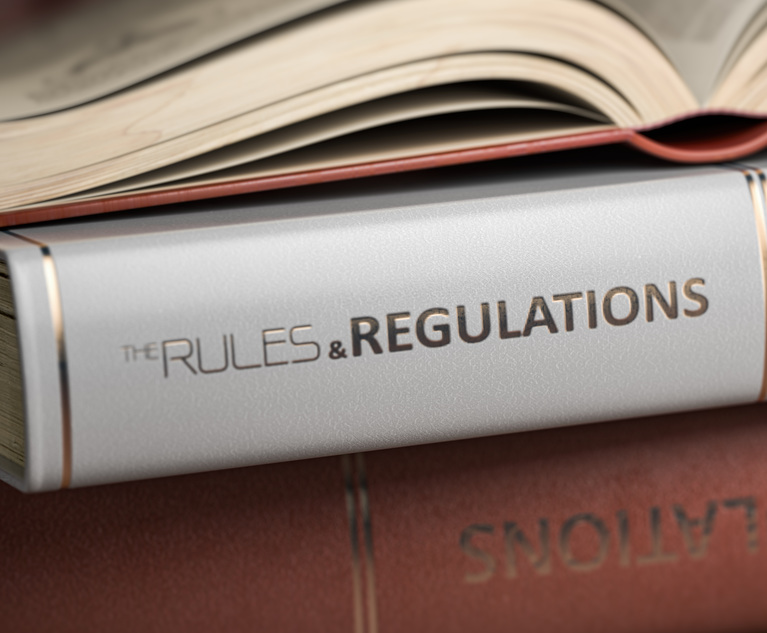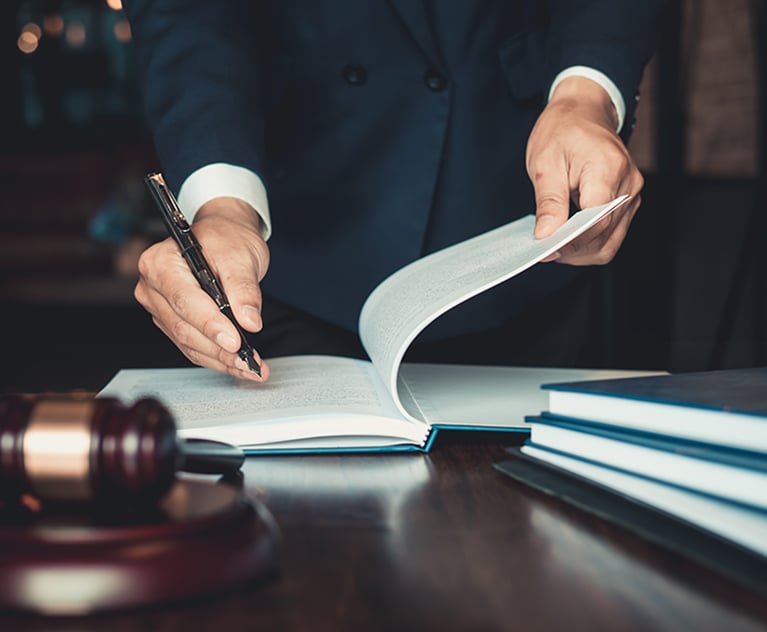Quick! What are the rules for bifurcation of personal injury trials in the First and Second Departments? If you answered that the former defaults to unification and the latter bifurcation, you’d be espousing the “unsupported legal legend” that the First Department, by mandating unified trials as a rule, anomalously rejects the “rule” of the remaining Departments in favor of bifurcation. In truth, there is no such divergence. The actual rule is that set out in 22 NYCRR Section 202.42(a), which instructs that, “judges are encouraged to order a bifurcated trial of the issues of liability and damages in any action for personal injury where it appears that bifurcation may assist in a clarification or simplification of issues and a fair and more expeditious resolution of the action.” Thus, bifurcation is the rule nowhere but is the highly encouraged policy everywhere—even in the First Department.
In practice, however, the mythology of differing bifurcation rules has prevailed, both among litigants and courts. This confusion likely stems from the Second Department’s 1979 rule (formerly 22 NYCRR Section 699.14[a]) directing that trials be bifurcated unless “exceptional circumstances” and “good cause” necessitated unification. Although this rule was supplanted by the uniform directive of 22 NYCRR Section 202.42(a) in 1986, practitioners have continued to spread the antiquated notion that bifurcation is the rule in the Second Department and the exception in the First.


 Rules. Credit: Maksym Yemelyanov/Adobe Stock
Rules. Credit: Maksym Yemelyanov/Adobe Stock




